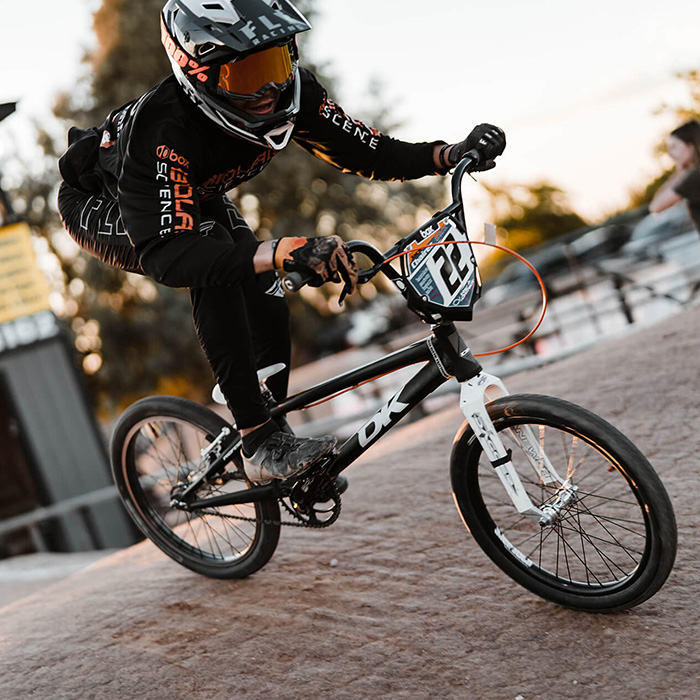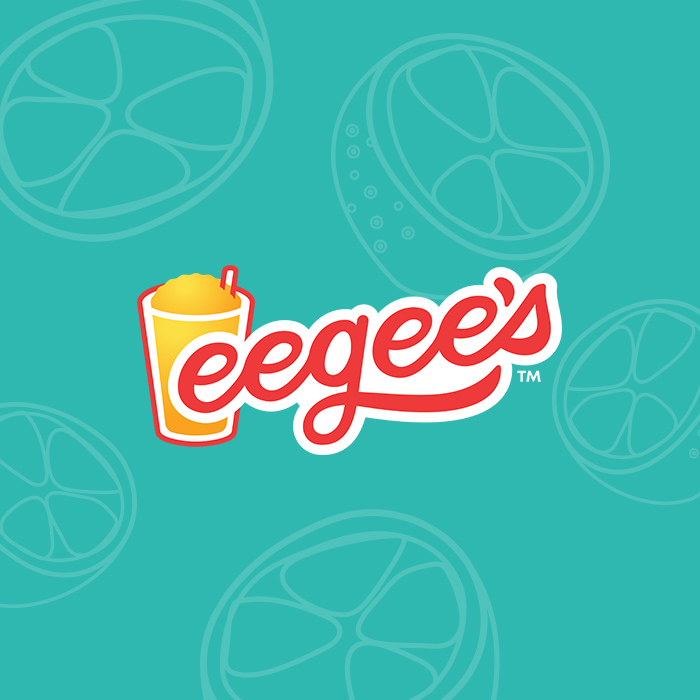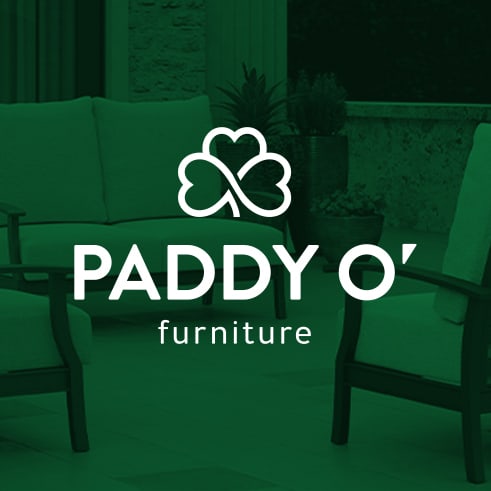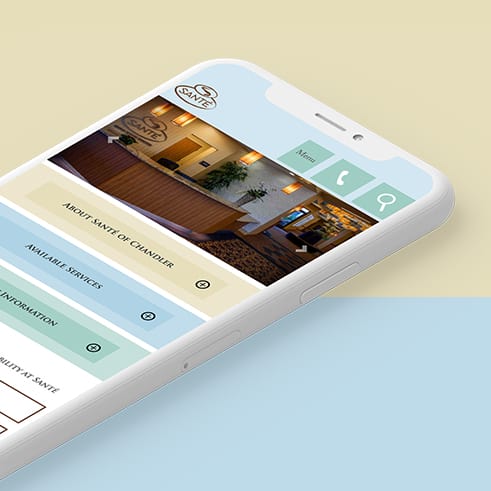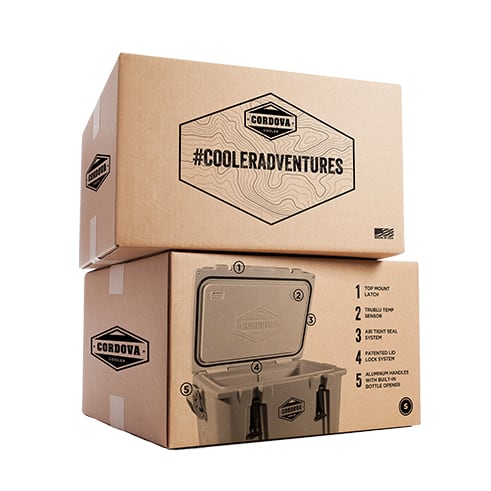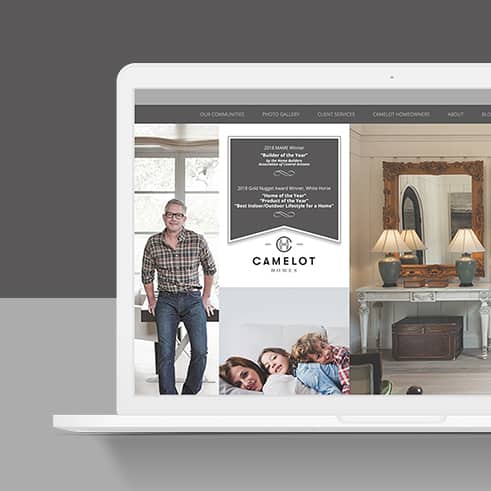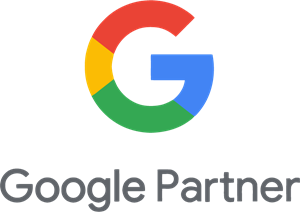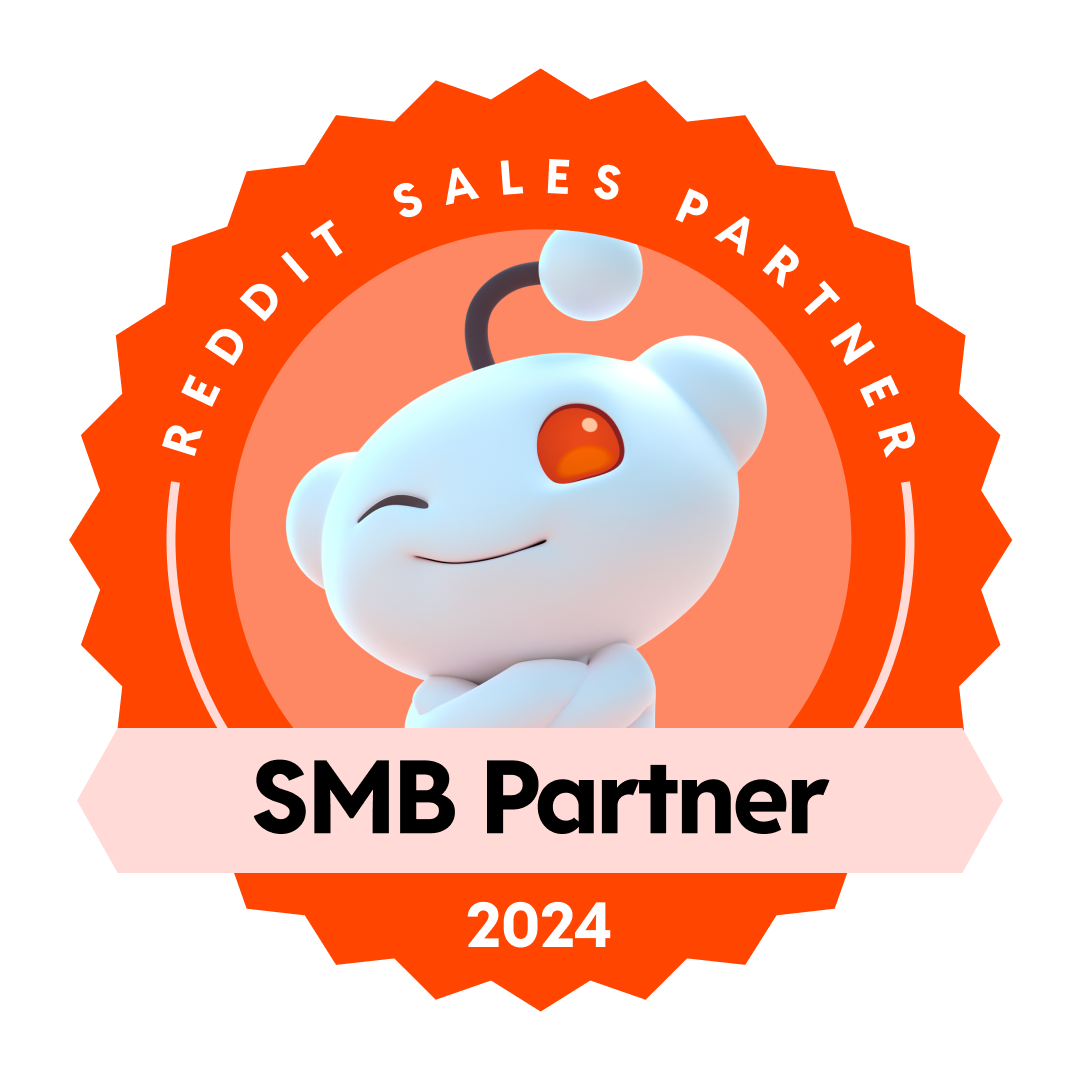Customer acquisition today isn’t about shouting the loudest or casting the widest net. It’s about creating meaningful momentum that pulls in the right audience at the right time. That’s where demand generation steps in—a strategy that shifts focus from chasing leads to cultivating interest and trust.
Unlike traditional lead generation, which centers around form fills and fast conversions, demand generation takes a longer view. It creates interest by offering value, building credibility and guiding potential customers along a personalized journey. The result? Brands that not only attract attention but also stay relevant and top-of-mind well beyond the first interaction.
What Is Demand Generation?
Demand generation is a full-funnel strategy built around customer acquisition, engagement and long-term growth. It connects marketing and sales teams through campaigns that span everything from awareness to post-purchase advocacy. Its approach includes brand visibility, content marketing, marketing automation, account-based marketing (ABM), sales enablement and more—each working in sync to deliver value across the buyer journey.
Where lead generation might ask, “How do we get someone to provide contact information?”, demand generation flips the script. The question becomes, “How can value be delivered in a way that makes someone want to connect?”
This distinction makes demand generation especially useful for brands looking to grow sustainably, particularly in the B2B space, where trust and credibility are often purchase prerequisites.
Why Demand Generation Matters in B2B
B2B marketing comes with unique challenges—longer sales cycles, more decision-makers and larger financial commitments. In this space, demand generation serves as a strategic foundation. Building awareness and trust early can reduce friction later in the buying process.
Successful demand generation efforts in B2B typically include:
- Early-stage awareness content that’s ungated and high-value
- Multi-channel campaigns designed around audience behavior
- AI-assisted experiences tailored to user intent
- Sales enablement tools that support more confident conversions
- Retention strategies that reinforce long-term relationships
When implemented well, demand generation is measurable at every stage—from engagement rates and web traffic to lead quality and customer lifetime value.
Mapping the Demand Generation Funnel
Demand generation works by guiding users through a well-planned funnel, beginning with early awareness and continuing beyond the point of sale.
Awareness
Tactics like SEO blogs, social content, videos and thought leadership help brands gain visibility. Ungated resources often perform well here by reducing friction and encouraging discovery.
Interest
Once attention is secured, it’s time to provide helpful, solution-oriented content. Webinars, ebooks and product-focused videos offer deeper insight while maintaining an educational tone.
Consideration
At this stage, prospects evaluate whether a brand’s solution fits their needs. Content like comparison guides, testimonials and case studies can provide validation and build confidence.
Conversion
Now the focus shifts to decision-making. Sales enablement content—such as customized pitch decks and objection-handling guides—supports a smoother transition from interest to action.
Retention and Advocacy
Even after purchase, the journey continues. Post-sale experiences like loyalty programs, upsell content and customer advocacy initiatives play a key role in long-term growth.
Strategy First, Tactics Second
The most effective demand generation campaigns begin with a clear strategy. That means identifying the brand’s ideal customer, understanding pain points and mapping out where target audiences fall in the buyer journey.
A strong strategy sets the stage for everything that follows—from campaign planning to content development. With this foundation, demand generation becomes a focused effort rather than a collection of disconnected tactics.
Content That Earns Attention
Content is the engine that powers demand generation. But it isn’t about volume—it’s about delivering insight, education and relevance. Great content doesn’t sell, it solves.
Key content types include:
- Blog posts that position a brand as a helpful authority
- Ungated assets that build early trust
- Gated content, like whitepapers and guides, for deeper engagement
- Case studies that showcase measurable results
- Videos that establish emotional connections
- Email sequences that nurture interest over time
The goal is to meet users where they are and provide what they need, without the hard sell.
Automation That Feels Personal
Demand generation often relies on automation, but the best systems feel more human than robotic. By using AI and behavioral data, brands can create adaptive, personalized experiences.
Examples of automation include:
- Welcome emails triggered by sign-ups
- Lead scoring models based on engagement
- Content journeys that reflect user behavior
- Sales alerts based on readiness indicators
When workflows feel personalized, engagement rates improve and conversion rates typically follow.
Aligning Sales and Marketing
Strong demand generation efforts don’t live solely within the marketing team. Alignment between sales and marketing ensures consistency and impact across the funnel.
Effective sales enablement includes:
- Messaging frameworks tailored to different personas
- Presentation decks built around industry-specific challenges
- Training on how to use and share content effectively
- Behavioral insights that inform when and how to reach out
This collaboration creates a seamless experience for prospects and equips sales teams with tools that make their outreach more impactful.
Not Every Lead Converts Immediately
Some prospects need more time. Demand generation strategies account for this by staying engaged with leads that aren’t quite ready to buy.
Examples of ongoing nurturing include:
- Always-on email campaigns that deliver fresh value
- Retargeting ads that bring users back to the site
- Dynamic content hubs that reflect changing interests
- New assets that align with evolving buyer needs
Staying visible through continued value builds familiarity and ensures the brand is top-of-mind when purchase decisions happen.
Long-Term Growth Over Short-Term Gains
Demand generation isn’t about quick wins. It’s about building a system that generates consistent, high-quality interest over time. When done right, it connects the dots between brand awareness, engagement and revenue growth.
The brands that succeed with demand generation are the ones that prioritize strategy, deliver helpful content and create experiences that serve the audience—not just the funnel.









